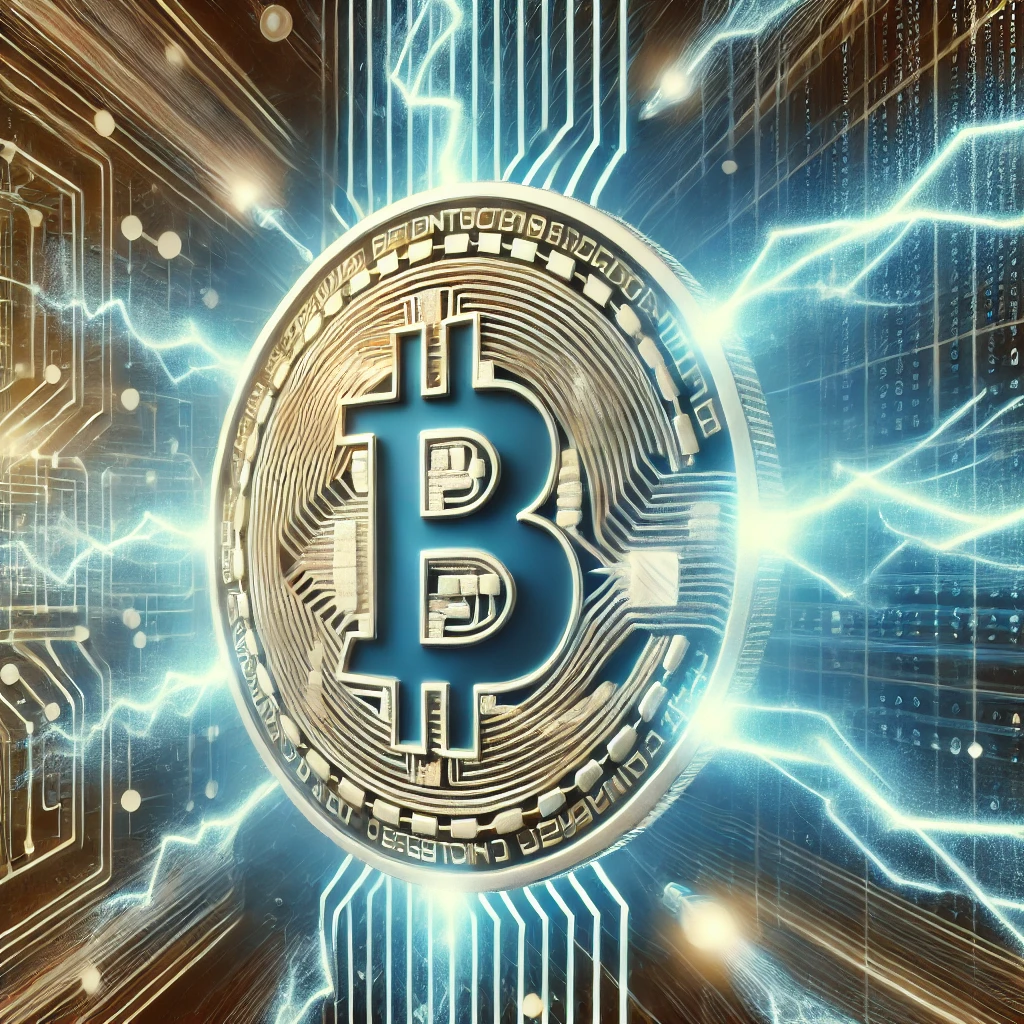The Bitcoin Lightning Network is experiencing record-breaking growth as Bitcoin (BTC) transaction fees rise. With increased demand for Bitcoin transactions, the Lightning Network is emerging as the leading solution for instant and low-cost payments.
As Bitcoin adoption accelerates and on-chain fees surge, is the Lightning Network the key to Bitcoin’s scalability? Let’s explore its recent growth and what it means for the future of digital payments.
Why Are Bitcoin Transaction Fees Rising?
Several factors have contributed to the recent increase in Bitcoin transaction fees:
- 📈 Increased On-Chain Demand – Bitcoin’s growing adoption has led to higher transaction volumes, causing network congestion.
- ⛏️ Mining Economics – Bitcoin’s block rewards are decreasing, making miners more reliant on transaction fees.
- 🎟️ Ordinals & BRC-20 Tokens – The rise of NFT-like Ordinals and BRC-20 tokens on Bitcoin has further increased block space demand.
As a result, users are seeking alternative solutions to avoid high fees and slow confirmation times—leading to a surge in Lightning Network adoption.
What Is the Bitcoin Lightning Network?
The Lightning Network is a layer-2 scaling solution built on Bitcoin that enables:
- ⚡ Instant Transactions – Payments settle in milliseconds, unlike on-chain transactions that take minutes.
- 💰 Low Fees – Fees are a fraction of a cent, making microtransactions feasible.
- 🔗 Scalability – Lightning reduces congestion on the main Bitcoin blockchain, allowing for a higher volume of transactions.
Key Metrics Show Lightning Network’s Growth
- 🚀 Total Capacity Reaches New Highs – The Lightning Network’s capacity has surpassed 5,600 BTC, a major milestone in liquidity.
- 📊 Increase in Active Nodes – Over 18,000 active nodes are now supporting Lightning transactions, reflecting growing adoption.
- 🏦 Institutional Adoption – Platforms like Cash App, Binance, and Strike have integrated Lightning payments for their users.
How Businesses Are Using Lightning Payments
The Lightning Network is increasingly being adopted by:
- 🛍️ Retail & E-Commerce – Businesses like Bitrefill and CoinGate enable Lightning-based purchases.
- 📱 Payment Apps – Apps like Strike, Wallet of Satoshi, and BlueWallet offer seamless Lightning transactions.
- 🏦 Crypto Exchanges – Platforms like Binance and Kraken have integrated Lightning withdrawals to reduce fees.
Challenges & Future of the Lightning Network
While Lightning adoption is growing, challenges remain:
- ❌ Liquidity Constraints – Routing large payments can still be difficult due to network liquidity limitations.
- ❌ User Experience – Managing Lightning channels requires technical knowledge, although wallets are improving.
- ❌ Regulatory Uncertainty – Governments are still figuring out how to regulate off-chain Bitcoin transactions.
Despite these hurdles, Lightning’s growth signals a shift toward scalable, low-cost Bitcoin transactions.
Final Thoughts
With Bitcoin transaction fees rising, the Lightning Network is proving its value as a scalable, low-cost payment solution. As more users and businesses adopt Lightning, it could become the dominant method for Bitcoin transactions in the future.
💡 Stay ahead of the latest cryptocurrency trends on BitcoinMarket.ai.
